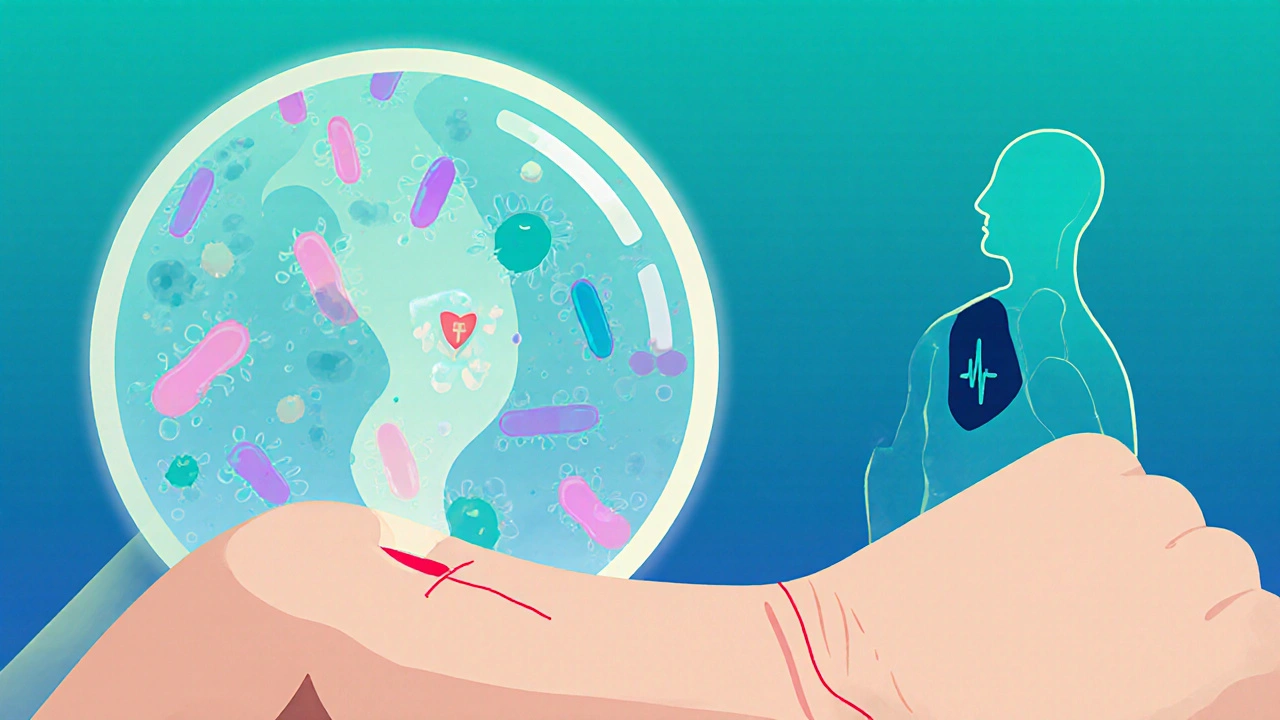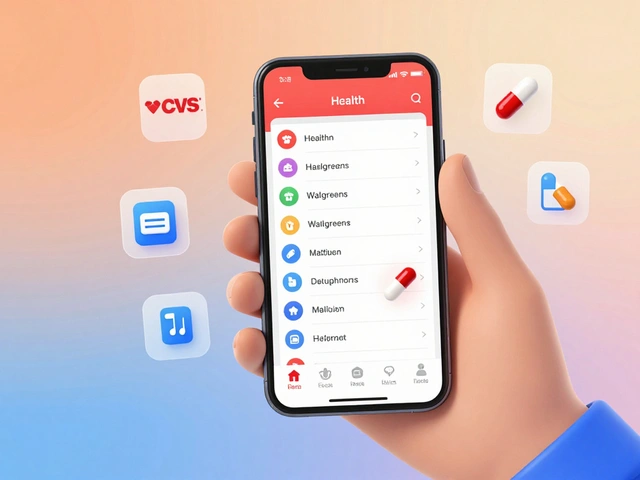Prevent Bacterial Infections: Best Ways, Antibiotics, and Practical Tips
When you think about prevent bacterial infections, stopping harmful bacteria before they cause illness. Also known as bacterial infection control, it’s not just about popping pills—it’s about smart habits, knowing when antibiotics help, and avoiding mistakes that make things worse. Every year, millions of people get sick from infections that could’ve been stopped with simple steps: clean hands, proper wound care, and using the right medicine at the right time.
Antibiotics like minocycline, a tetracycline-class antibiotic used for skin, respiratory, and urinary infections and tetracycline, a broad-spectrum antibiotic often prescribed for acne and tick-borne diseases are powerful tools—but they’re not magic. Taking them when you don’t need them, skipping doses, or buying them online without a prescription can backfire. It doesn’t just hurt you—it helps bacteria grow stronger. That’s why knowing the difference between a real infection and a viral cold matters. And why mixing up medication errors with side effects can lead to dangerous choices.
Preventing bacterial infections isn’t just for hospitals or doctors. It’s for parents cleaning a scraped knee, travelers avoiding contaminated food, or someone managing acne with antibiotics long-term. It’s about understanding how these drugs work, what they can and can’t do, and how to use them safely. You’ll find real comparisons here—like how minocycline stacks up against other antibiotics, why tetracycline still has a place in treatment, and how to spot when a medication error might be making things worse instead of better.
Below, you’ll see clear, no-fluff guides on exactly how to stop infections before they start, how to choose the right antibiotic when you need one, and how to avoid the common traps that turn minor issues into serious problems. No theory. No jargon. Just what works.
Learn proven ways to prevent bacterial infections and manage them if they occur. Practical tips cover hygiene, vaccination, diet, and smart antibiotic use for a healthier lifestyle.



